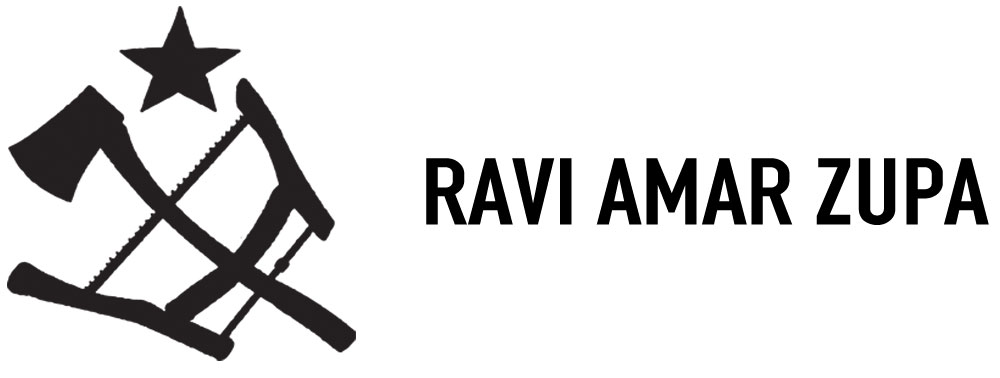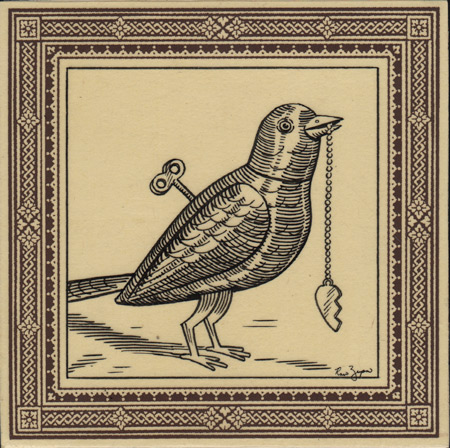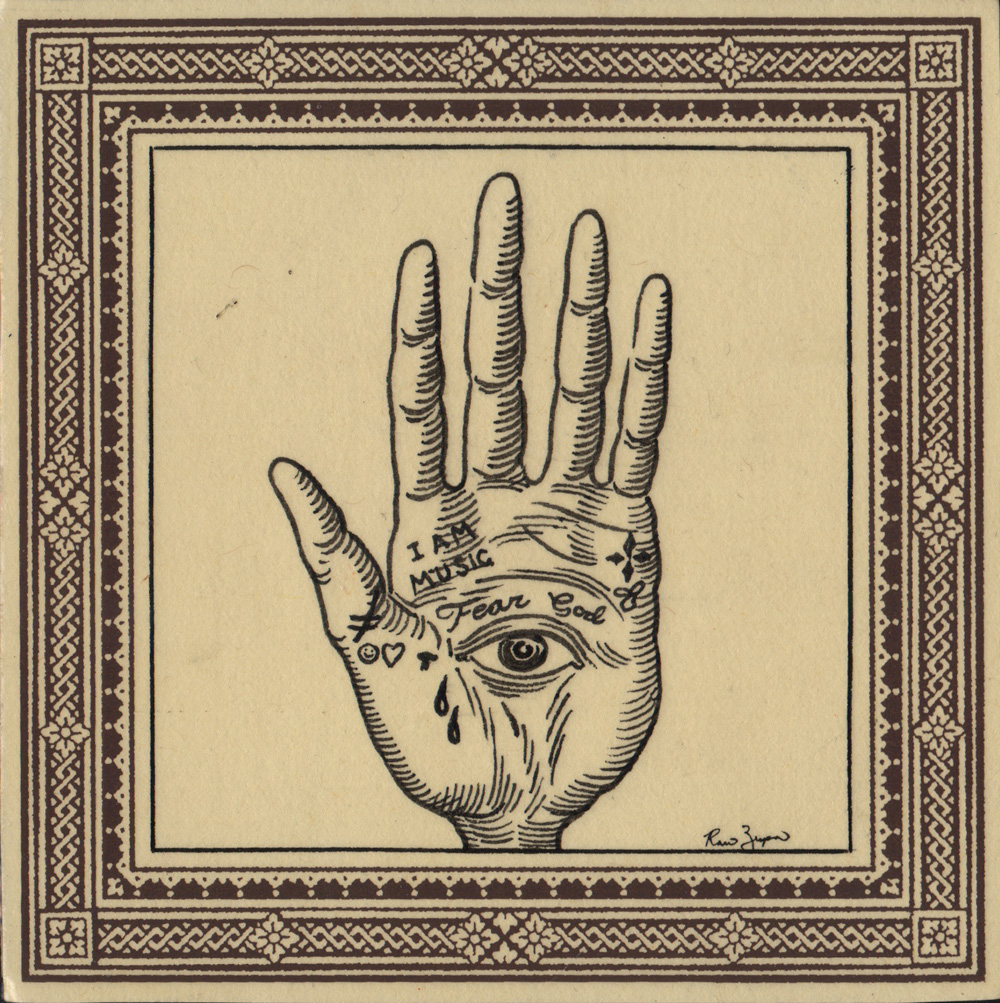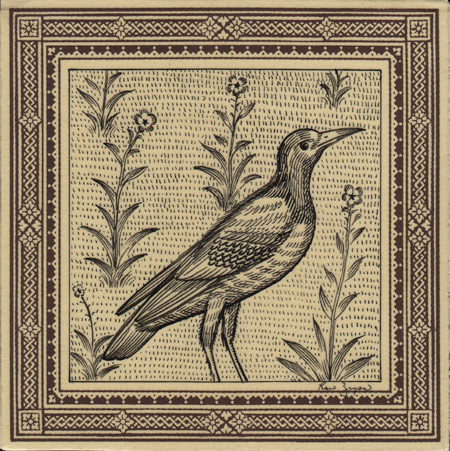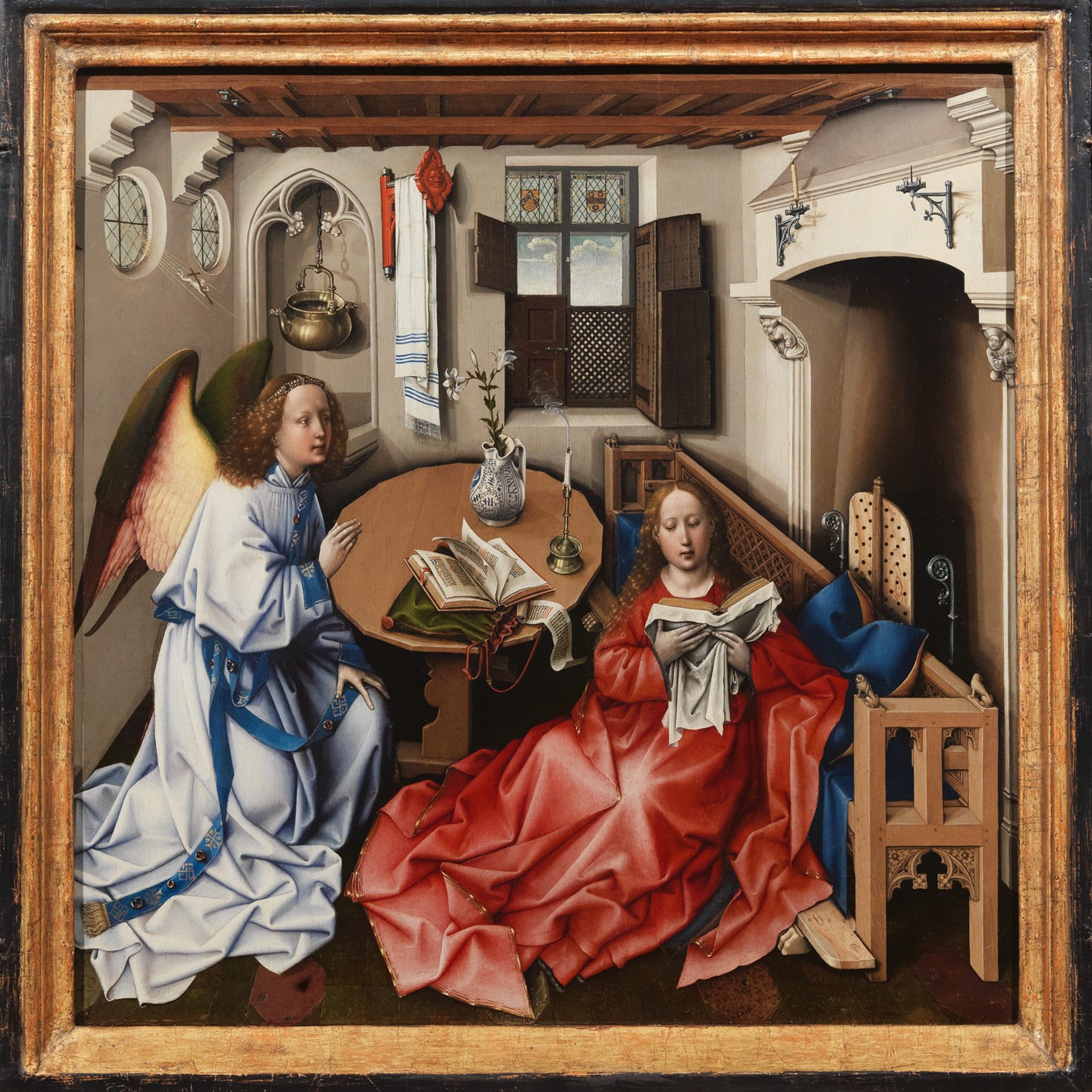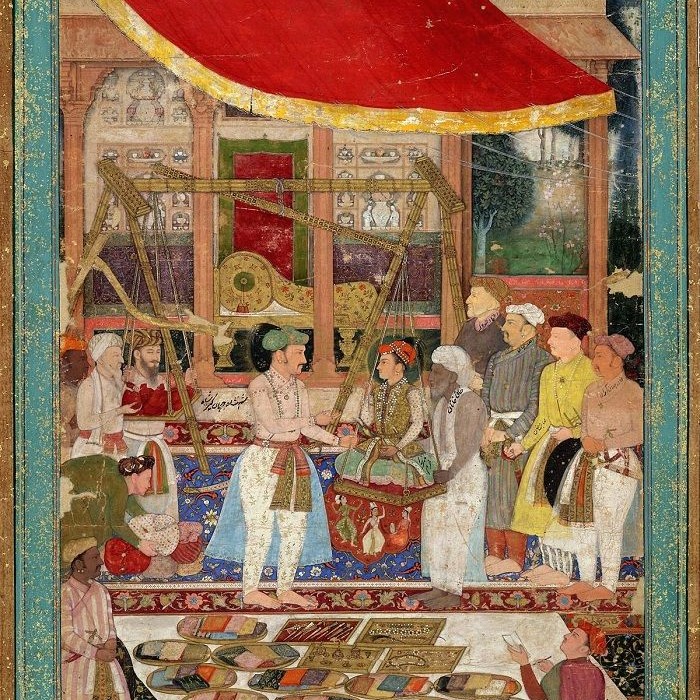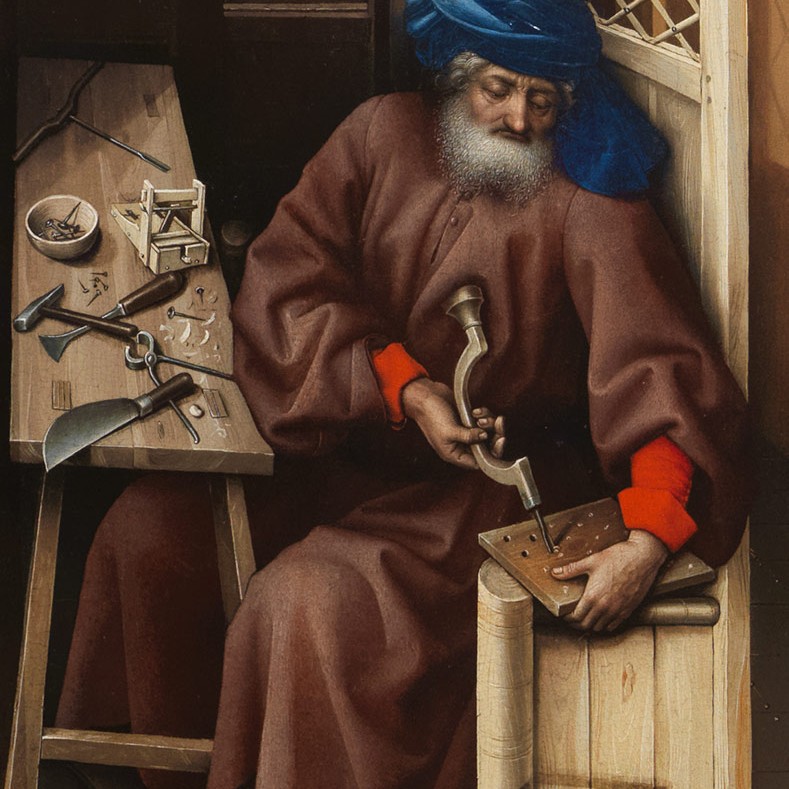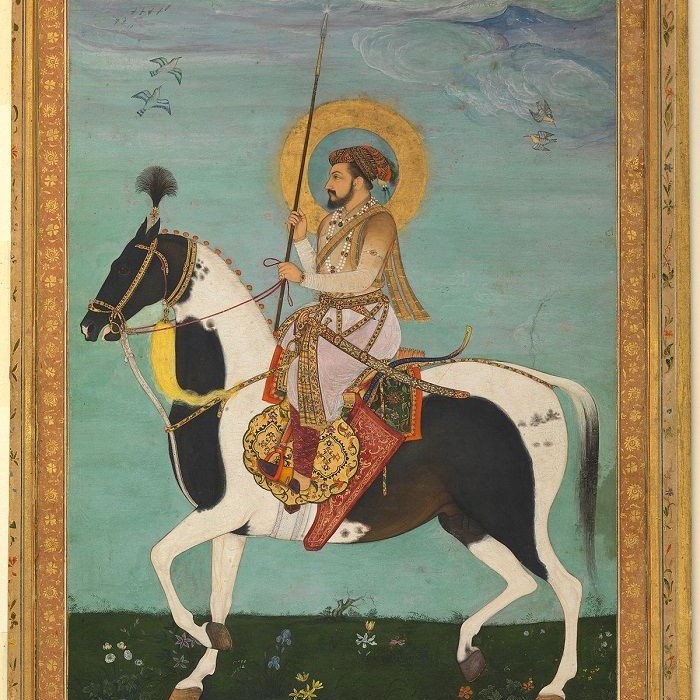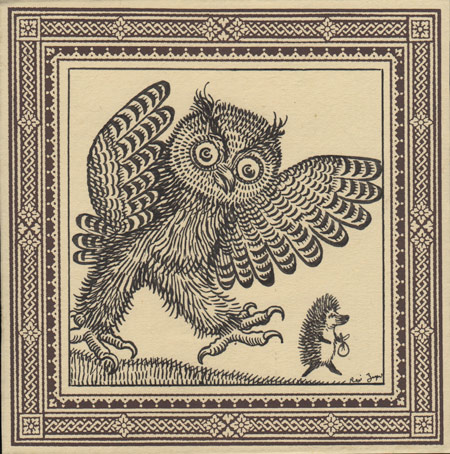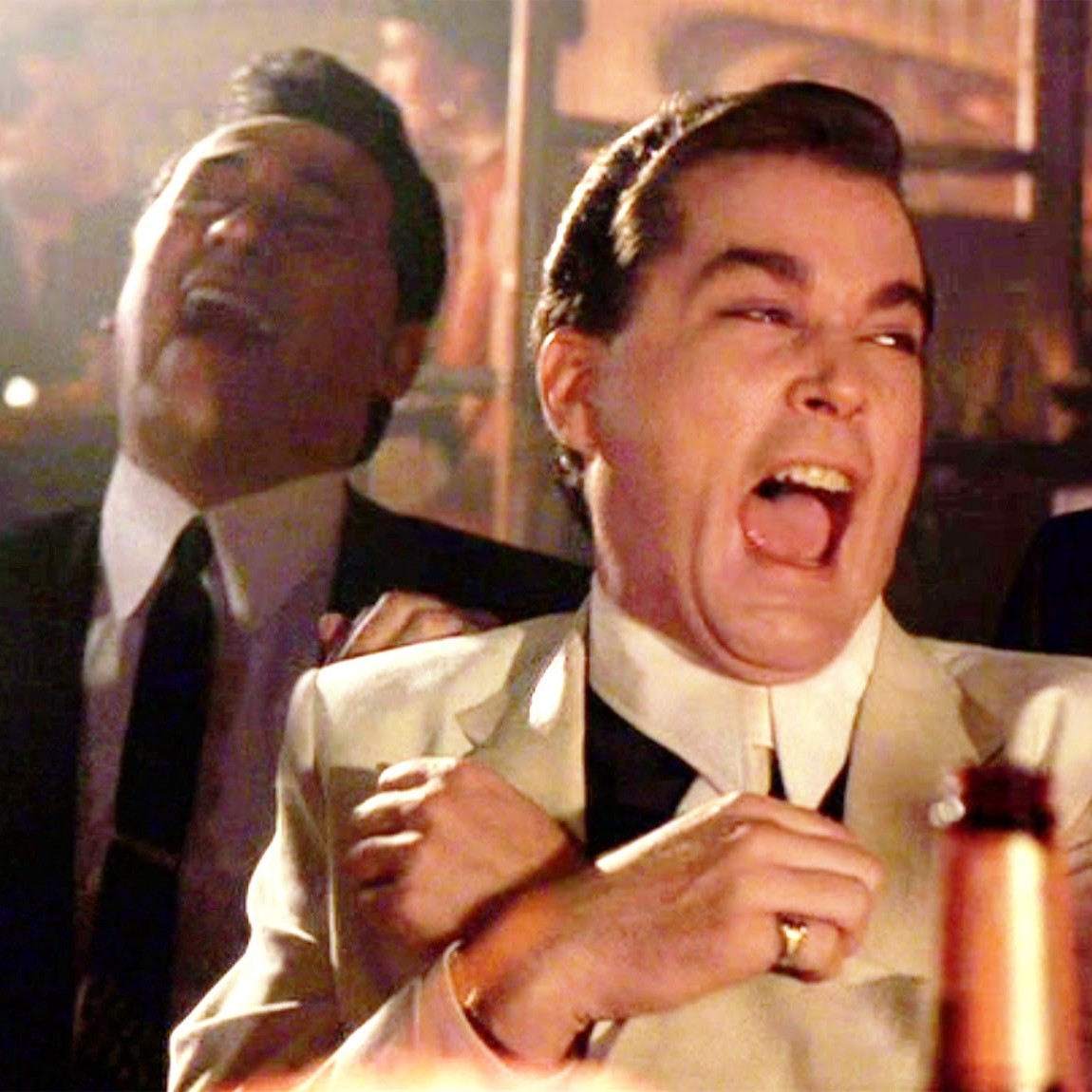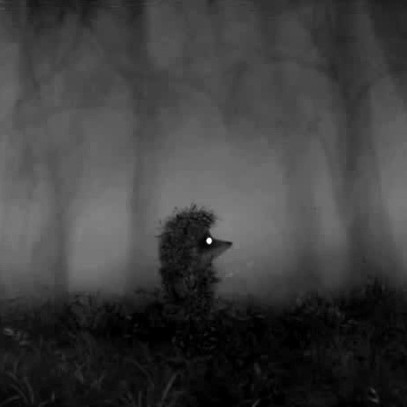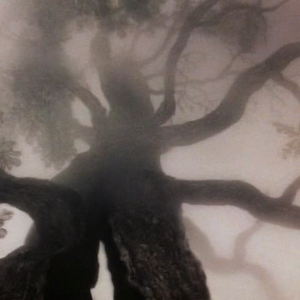"Broad City" and Redman
BROAD CITY AND REDMAN
These two projects stand above their piers for reasons that are not obvious. Broad City does not rely on a foundational, gimmicky premise like so many comedies. No odd-couple pairing, no class or culture collision, no wacky behind the scenes of a commonly misunderstood institution. It’s just two complex, young women living in New York. Yet it is so much more rich and engaging.
Redman is often lumped in with other Northeast superstars. In fact, amazing artists like Wu Tang Clan and Busta Rhymes were frequent collaborators, but Redman employs none of the identifiable devices. Wu Tang has an assortment of characters and a kung-fu theme. Busta Rhymes has a unique growling voice and a superpower to deliver syllables at machine gun speed. Redman however does not seem to have any obvious trick that sets him apart.
Simply by being thoughtful, sincere and very insightful these artists are unforgettable.
"The Wind Up Bird Chronicle" And The Original "Twin Peaks"
THE WIND UP BIRD CHRONICLE AND THE ORIGINAL TWIN PEAKS
These share numerous similarities, too obvious to list, but the one that is complex and worth mentioning is the fact that the same villain has entered each story and caused trouble in each respective universe.
In both pieces, a man’s mind becomes occupied by an evil character who uses that man to abuse and even destroy someone in his family. With the employment of the supernatural and abstract features, the characters are held accountable for their choices but not reduced to cartoonish “bad guys”. These abstractions allow the storyteller to include the external mental and spiritual landscape that participated in the shaping of these monstrous events.
In both cases, the villain is a personification of the “cycle of violence”.
Kurt Vonnegut and Lil Wayne
KURT VONNEGUT AND LIL WAYNE
Vonnegut’s writing is a series of extremely short stories laid out in an interwoven (often non-linear) pattern to create a cohesive whole novel. Sometimes these short stories are as brief as one or two sentences. They often manage to give a whole backstory and sometimes even a future to his characters, institutions and so on. The narrator (who is an explicit Kurt Vonnegut and simultaneously an abstracted, identityless, 3rd person, omniscient voice) delivers all of the information in short bites. Each short piece carries a whole payload and could easily stand alone by itself. But the full, complete narrative of the novel takes form as these short stories are laid out together and intersect.
Wayne writes short, perfect poems often contained in single lines that, when strung together, create a comprehensive piece. These are fragmented and sometimes even disparate from one another and like Vonnegut’s bites, they are perfectly formed whole pieces on their own.
The most important similarity between these two artists is this: Both construct exceedingly complex, abstract ideas with strikingly few components.
Vonnegut says: “The Population Reference Bureau predicts that the world’s total population will double to 7 billion before the year 2000. I suppose they will all want dignity.”
Wayne says: “I don’t need a watch, the time is now or never.”
This image is of a Tralfamadorian. In most of Vonnegut’s novels there is a race of aliens that he describes basically as a hand on the top of a plunger with one eye. I’ve given that character some of Wayne’s tattoos.
Flemish Primitives and Mughal Miniatures
FLEMISH PRIMITIVES AND MUGHAL MINIATURES
Each of these art movements share an aspect of near perfect technical achievement in one arena while the culture’s science and mathematics had not advanced enough to afford perfection in another.
Both Mughal miniatures and Flemish paintings depict warm, breathing, human characters (particularly faces) with previously unimagined detail and proportions that began to approach realism. Neither group, however, understood the mathematics behind perspective, so the universes these vibrant living beings occupy is either flat and vertical (in the case of the miniatures) or oddly misshapen (in the Flemish paintings).
These are not failures however, particularly to us, the modern audience. In both cases the paintings are improved. They are unique and special to these cultures and these visual vocabularies, full of idiosyncratic richness that would not have been present had perspective been understood. In fact, I suspect that this problem solving, done in lieu of mathematical correctness, was both the result of and the cause of a specific way of comprehending reality, affording the creators and the viewers of these time periods a cognitive set substantially different from any today—one that may have perceived articles of truth that we can no longer access.
"Hedgehog In The Fog" and "Goodfellas"
HEDGEHOG IN THE FOG AND GOODFELLAS
Some of the greatest narrative composers in history like Kafka, Maurice Sendak, Borjes, Virginia Woolf and Spike Lee can be difficult to follow at first because of their strong focus on the enigmatic now. They are better understood after we give ourselves fully to the short animated masterpiece, Hedgehog in the Fog by Yuri Norstein.
It integrates mythology; dream; imagination; curiosity; confusion; anxiety; and waking, rational life to create a series of magical but ordinary events, perfectly depicting the early stages of a spiritual awakening. When we deviate from our comfortable, predictable routine we find previously unknown parts of our own minds. The film does have a plot but one without contrivances or boring formulas, much like many narratives by the authors listed above.
Goodfellas is another great example of this spontaneous, unformulaic structure. While comparable in substantial ways to other good gangster films (Menace 2 Society, Cyclo, Carlito’s Way etc.), the subtle, persistent sincerity and humor in Goodfellas elevate it above any other film in the genre. This series of odd, magical, often comical, poetic moments strung harmoniously together comprises the whole experience. Like Hedgehog in the Fog, it also contains a compelling narrative plot. But neither film’s plot is so arrogant as to interfere with the immediacy of these magic, poetic moments. The enigmatic now remains paramount.
If you decide to watch Hedgehog in the Fog, I advise you to do so with no other distractions. It deserves all of your love and attention and it will reward you. Set aside the full 10 minutes, put it on full screen.
